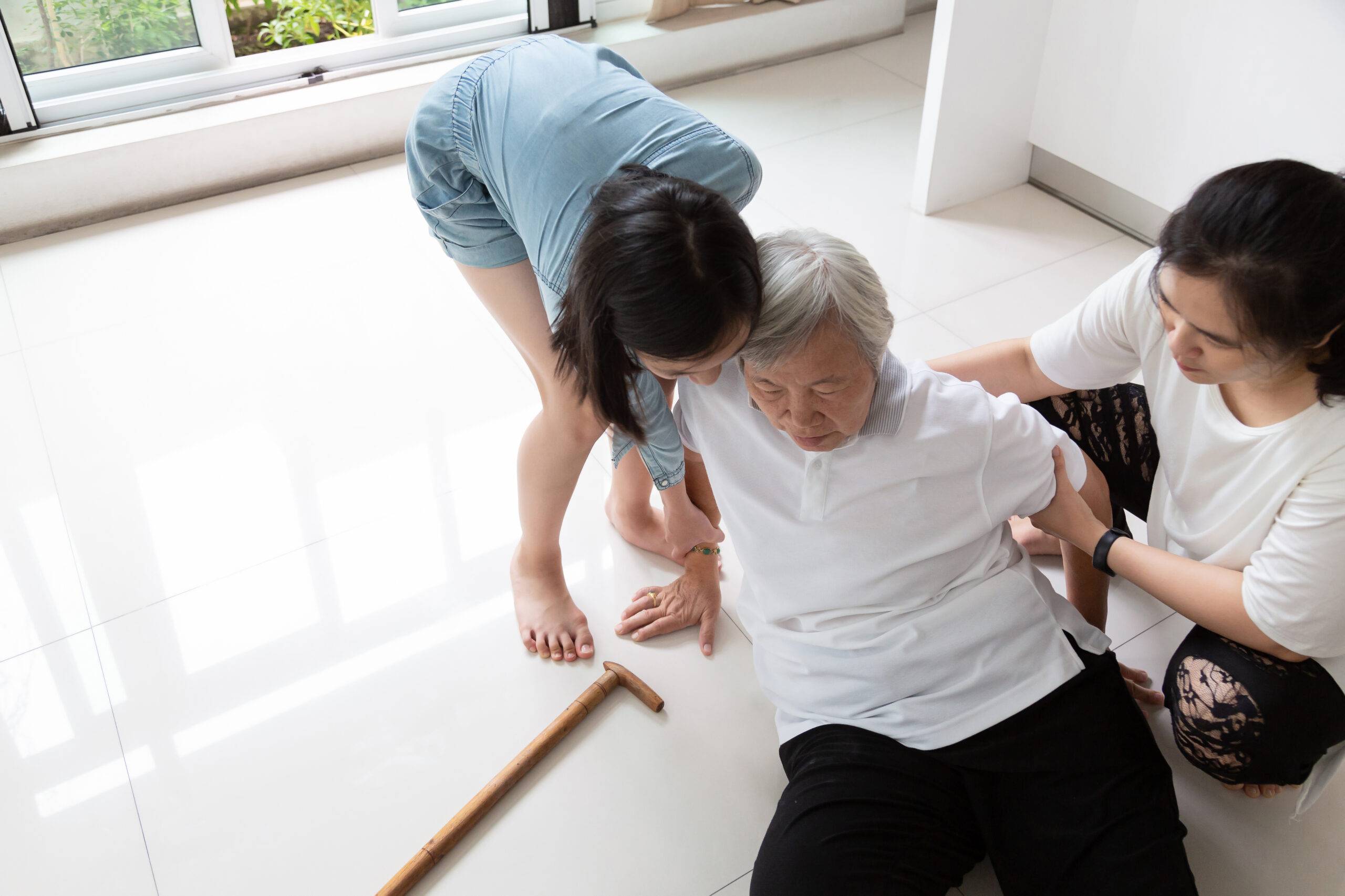Falls are a significant concern, especially for older adults and their caregivers. With the right exercise programs to reduce fall risk, it’s possible to enhance stability, improve strength, and boost confidence in everyday activities. These programs are crucial for maintaining independence and quality of life.
For family caregivers, understanding and implementing these exercise programs can be a game-changer in preventing falls. This guide will delve into various exercise strategies, their benefits, and how they can be incorporated into daily routines.

The Importance of Reducing Fall Risk
Falls can lead to severe injuries, especially in older adults. By focusing on exercise programs, individuals can significantly minimize this risk. According to the National Institute on Aging, regular physical activity can improve balance, strength, and flexibility, all of which are vital in preventing falls.
Benefits of Exercise Programs
Exercise programs designed to reduce fall risk offer multiple benefits:
Improved Balance and Coordination
Balance exercises are crucial in preventing falls. They help in maintaining a steady posture and improve coordination, which is necessary for daily activities.
Increased Strength
Strength training strengthens muscles and bones, reducing the likelihood of falls. It also enhances the ability to recover quickly if a fall does occur.
Enhanced Flexibility
Flexibility exercises ensure that the body remains limber, which helps in avoiding falls caused by sudden movements or changes in direction.
Types of Exercise Programs
Balance Training
Balance training is a cornerstone of fall prevention. Programs like tai chi have been shown to be effective in improving balance and reducing falls in older adults. More information can be found in our balance training resource.
Strength Training
Strength training involves exercises that increase muscle power. It’s essential for maintaining independence and reducing the risk of falls. A focus on the lower body, core, and even the upper body can provide overall stability.
Flexibility Exercises
Stretching exercises ensure that joints and muscles remain flexible. Yoga is an excellent example of an activity that promotes flexibility and reduces the risk of falls.
Implementation Tips for Family Caregivers
Setting Realistic Goals
When starting an exercise program, set realistic and attainable goals. Begin with light exercises and gradually increase intensity as strength and confidence build.
Encouraging Consistency
Consistency is key. Encourage regular participation in the exercise program. Creating a routine can help in making exercise a part of daily life.
Monitoring Progress
Keep track of progress to maintain motivation. Celebrate small victories and improvements in balance or strength.
Additional Considerations
Understanding Medication Impact
Some medications can increase fall risk. It’s important to understand how medications might affect balance and coordination. Learn more about this in our article on medications and fall risk.
Vision and Fall Prevention
Good vision is crucial in preventing falls. Regular eye exams and necessary corrective lenses can help maintain balance. Read more about vision and fall prevention.
Dietary Influence
A well-balanced diet supports muscle strength and bone health, contributing to overall fall risk reduction. Our diet and fall prevention guide provides valuable insights.
Conclusion
Incorporating exercise programs to reduce fall risk is a proactive step towards ensuring safety and independence for older adults. With the right approach, caregivers can significantly enhance the quality of life for their loved ones, promoting a safe and active lifestyle.

FAQ
What are the best exercises to prevent falls?
Balance exercises like tai chi, strength training, and flexibility exercises are highly recommended to prevent falls.
How often should these exercises be performed?
Consistency is key, so aim for at least 30 minutes of exercise most days of the week, adjusting based on individual capabilities.
Can dietary changes help in reducing fall risk?
Yes, a balanced diet supports muscle and bone health, which is crucial in reducing fall risk. For more information, explore our diet guide.
This article contains affiliate links. We may earn a commission at no extra cost to you.






